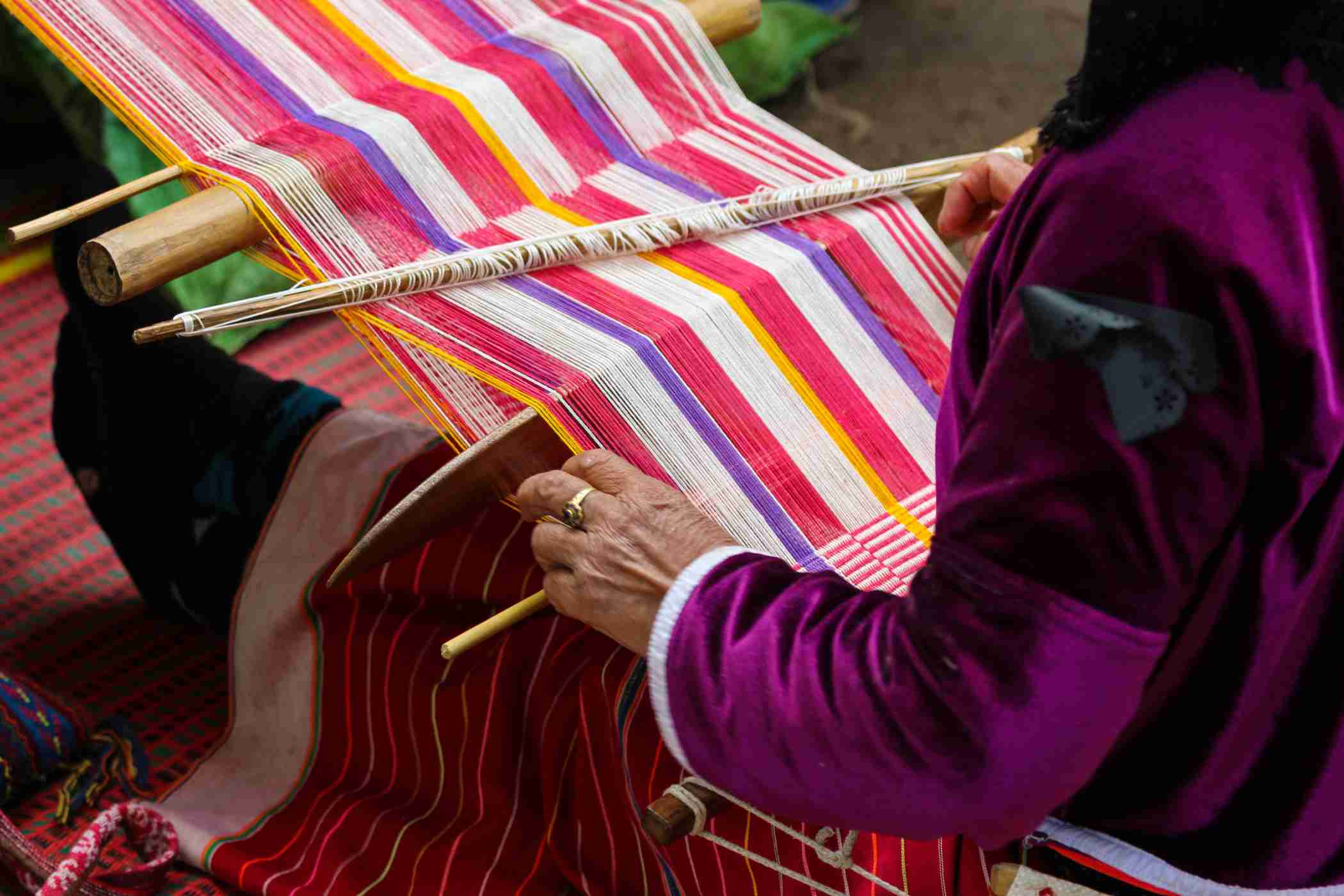Pros and Cons Of Manufacturing in India, Bangladesh, China, and Vietnam: A Comparative Study


India, Bangladesh, China, and Vietnam are the most popular garment manufacturers and exporters in the world, associated with at least 61 percent of the global apparel imports. However, China has been losing their competitive advantages in recent years despite having 40 percent hold on the global supply market. Bangladesh, Vietnam, and India have emerged as the new destination for sourcing raw materials and finished products for the textile and apparel industry. Bangladesh and Vietnam have been identified as the most promising and fastest-growing candidates in terms of apparel production.
China

China has brilliant technologies and abundant supplies of fabric and textiles. The labour pool comprises highly trained and skilled workers. Despite these advantages, China’s growing labour wages have caused many manufacturers to move their base out of China. The Chinese government has taken some initiatives to combat this situation, like offering incentives to manufacturers to shift their productions to cheaper provinces of China (specifically Central and Western provinces) but the drainage has continued nevertheless.
India

Contrary to China, labor costs in India are considerably low. India also has a massive labor pool, but irrespective of the numbers, there exists a shortage of skilled workers when compared to advanced competitors like China. The average productivity in India is less than half of what China can offer. Besides, the declining GDP in recent years has discouraged many investors from setting foot in India for business. On the positive side, India has a domestic supply of fabric, especially cotton and silk, and is also the largest producer of organic cotton in the world. On the technology side, India is edging towards a better technical climate, though things are still far from optimization.
Bangladesh

Bangladesh’s apparel industry accounts for the lowest wage rate among these four countries. There is a shortage of skilled workers in Bangladesh but they’re still ahead of India in terms of skills. The workers expertise in dealing with large volume orders and quick production times, which explains why fast fashion brands like Zara favor Bangladesh. The industry benefits from the domestic supply of cotton and production of yarns/ fabrics. This domestic supply of raw materials, however, is not always sufficient to support the fast-growing demands. The nation has to import high volumes of cotton and fabrics to sustain the industry, but this in turn reduces the profit margins for manufacturers. There are also other handicaps like inadequate infrastructure, inefficient logistics, and unstable supply of energy that compromise the supply chain.
Vietnam

The labor cost in Vietnam is at least two-three times higher compared to Bangladesh but Vietnam has an excellent supply of skilled workers, who are much better trained than those in India or Bangladesh. Courtesy of the proficient workforce, the Vietnamese apparel industry can produce intricate designs and offer grade-one craftsmanship. Unlike Bangladesh or India, the brilliant infrastructure and logistics services coupled with reliable energy supply results in shorter lead times. However, Vietnam is not free from their own set of drawbacks. The country lacks domestic supply of raw materials and is primarily dependent on imported textiles. Vietnam’s manufacturing practices are suitable only for companies with a just-in-time business model and small inventory.



















